Room Soundproofing | What Is Room Soundproofing | Cost to Soundproof a House | Fully Soundproof Room
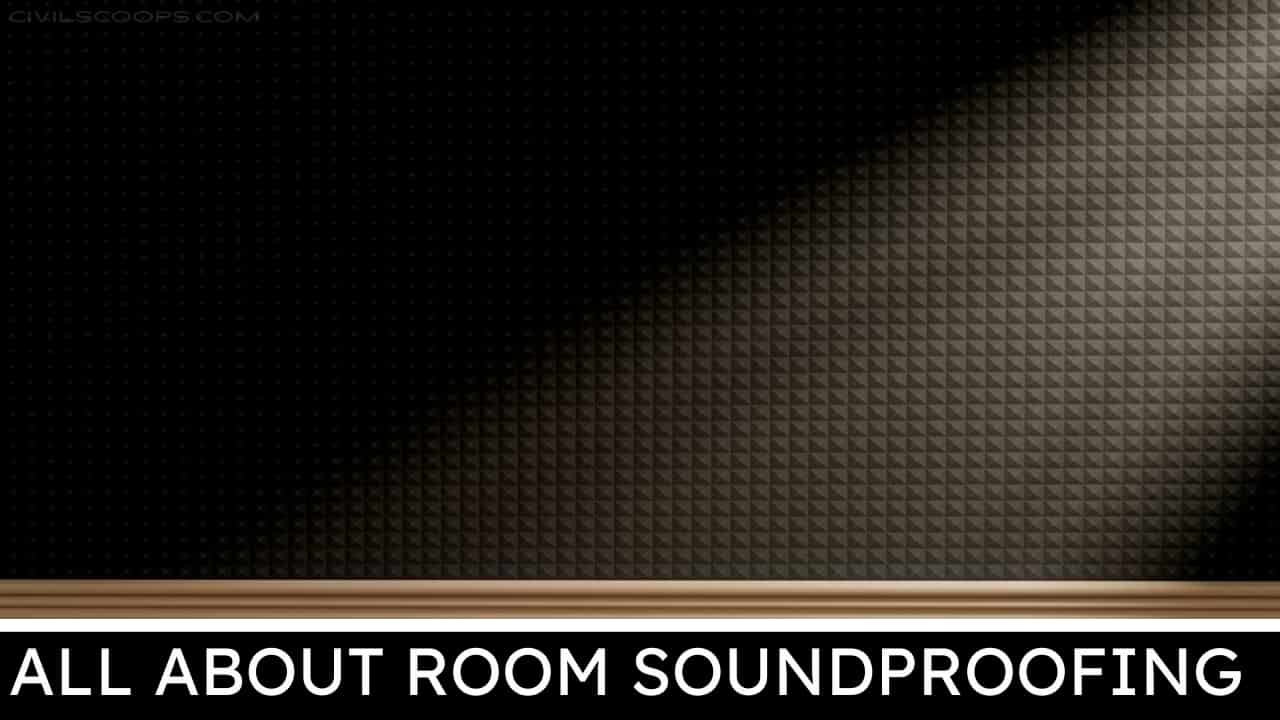
Table of Contents
Introduction of Room Soundproofing
Room soundproofing means blocking the sound from getting in or out of the room. Some special materials are used to obstruct the sound Room soundproofing is needed to get relief from external noise.
What Is Room Soundproofing?
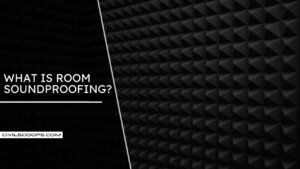
The action to prevent the sound from entering or escaping the room is called room soundproofing. Though there are other processes available to obstruct the sound, room soundproofing is the most suitable one to resolve the issue.
The materials used to soundproof the room are heavy and very dense, so they can reflect the sound and enclose it in a space.
Room Soundproofing Methods
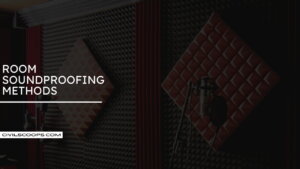
Several methods can help to make a soundproofing room. Some of them are easy or non-constructing methods and others are constructing methods. These methods are described below-
1. Install Thick Carpets
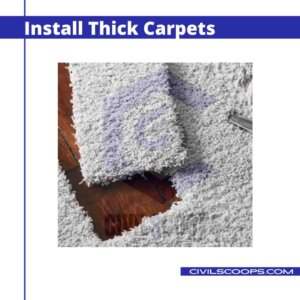
The sound of the walking feet, paws can be annoying. Thicker carpets or mats are sound-absorbing, hence they can be used to muffle the sound of walking.
Vibration insulation pads can also be used with the carpets to mount the sound of the speakers and other noise creating appliances.
2. Seal the Door
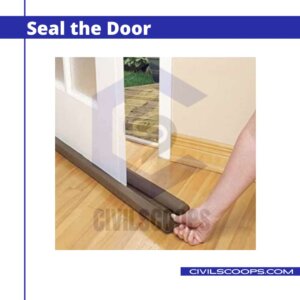
If the door frame has any gap at the bottom, sound can easily pass through it. To resolve the issue, installing a draft stopper, or sealing the door bottom is required.
3. Install Thick Blankets

Unwanted sound can be absorbed by mounting thick blankets to the wall. Heavy sound curtains can also give the same advantage.
4. Use Acoustic Panels
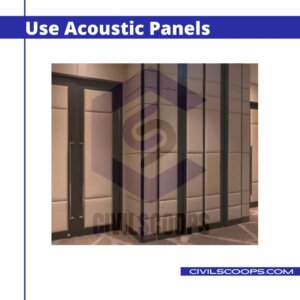
Acoustic panels (12×10inches) can absorb frequencies of low to high. Generally, these panels have an adhesive peel with them but in some cases, there is not. In that case, spray adhesive should be used to glue the panels with the walls and ceilings too.
Fiberglass panels are widely used due to their highest rating in sound absorption.
5. Use Thick Material
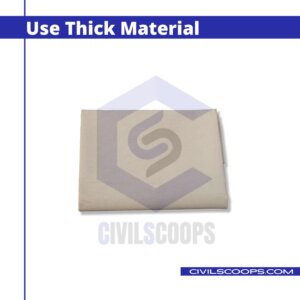
Drywall of 1.5cm can be used to absorb sound. The material will be of its best use if it is thick and dense enough. A wall frame can be made and attached through the existing wall for the best results
6. Decoupling
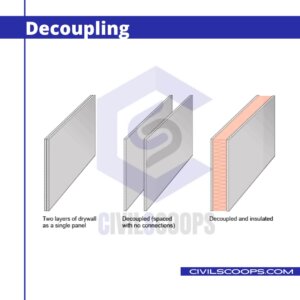
While sound travels from one substance to another, little amount of its energy gets absorbed Two sheets of sheetrock can be used to form a wall and the maximum gap between them can enhance the possibility of absorbing sound. It is called Decoupling.
To block low frequencies, Decoupling is used.
7. Stud Placement
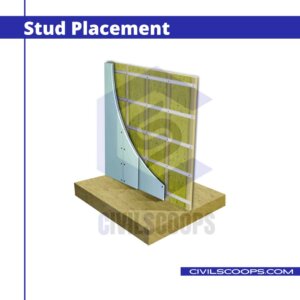
A double row of studs or a staggered row of studs can be used instead of using a direct stud that connects both sides of the wall. It is one of the most used soundproofing methods.
8. Use Sound Clips or Channel

They are used to provide an extra barrier of sound between the dry well and the studs. Sound clips have heavy rubber components that help to block the sound.
Sound clips are inserted into the studs, followed by inserting a hat channel that is used to screw the dry well into it. Resilient channels are also used by screwing them through the studs and drywall for blocking high frequencies.
9. Use Damping Compounds

Sound energy is converted to heat by using these compounds. They are also called soundproofing glue. Low frequencies are absorbed by using this glue between layers of the walls, ceilings, etc.
10. Fill Cracks with Caulk
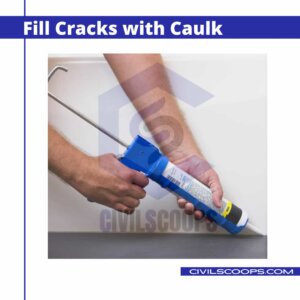
Sometimes small cracks and gaps cause trouble in soundproofing. To solve this problem acoustic caulks are used for filling the gaps Water-based caulk is easy to use but while using solvent-based caulk, it is necessary to check the level.
Otherwise, the materials attached to it can be damaged. Normal caulks are used to handle small gaps but in difficult situations, acoustic caulks can be used.
Best Way to Soundproof a Room
There are several ways. Some of them are listed below-
One of the most commonly used ways for soundproofing is Mineral wool insulation, as in comparison to others its cost is low and density is high. At first Spray foam should be used before mineral wool insulation for filling the gaps as a 2-3inch layer.
It is necessary to determine what noise should be absorbed Soft and sound-absorbing materials should be installed like upholstered furniture, rugs etc. Sound-absorbing acoustic tiles should be used.
Sound-blocking doors are needed to install. Noise-proof window inserts or Acoustic quilts have to be installed Sound-blocking wall, ceiling, and floor construction techniques should be explored.
Cost to Soundproof a House
The cost of soundproofing depends on the size of the area. It is almost $15 to $35 per square foot. Soundproofing an entire room can cost up to $1,200 to $2,500. The cost of labor is £30 to £50 per hour or about £400 per day.
Soundproofing Cost By Surface
- Ceilings: Textured paint to the ceilings can cost up to $250 to $350. Using acoustic foam costs up to $15 to $120 per panel.
- Walls: Soundproof materials cost up to$2 to $6 per square foot. The cost per sheet of soundproof drywall is $45.
- Floors: The cost of the carpet is $1,200 per room. Mass-loaded vinyl has an average cost of $140 per 30-square-foot. Mlv will cost up to $400 for a 10 foot by 10-foot Loose-fill insulation has an average cost of $50 to $200.
- Doors: Soundproofing blankets will cost up to $200 to $400 Soundproofing curtains will cost up to $20 to $80 per panel Sliding glass doors for $1,200 to $4,200.
- Window: $200 to $1,000 per soundproofing window.
[su_box title=”FAQ” style=”default” box_color=”#333333″ title_color=”#FFFFFF” radius=”3″ class=”” id=””]
Room Soundproofing
Soundproofing walls involves ripping the existing drywall off the walls (and perhaps the ceiling), filling the walls with fiberglass insulation, attaching metal strips called “resilient channel” to the studs, and fastening new drywall to the channel.
Room Sound Booth
Our sound isolation booths significantly reduce ambient and acoustic noise and can be used as vocal booths for recording music, voice over or translations, as a broadcast booth, musical instrument practice booth, office solutions, medical or audiology testing labs, post-production rooms, and much more.
Cost to Soundproof a House
The cost of soundproofing a room typically ranges between $1,025 and $2,718, with the average being $1,857. The low end of this cost is $600, and the high end is $4,000. Major cost factors include the materials, size of the room and surfaces requiring soundproofing.
Soundproof Modular Rooms
The quality of sound insulation is the same. With the soundproof booth, the aim is to create a reliable and permanently usable workspace for our customers. The choice of interior acoustics depends on the user´s needs.we are your partner for modular acoustic booths with competence in building and room acoustics.
House Sound Proofing
Doors replacement is a bit expensive way of soundproofing your house but is very useful as the doors are the most common throughway for the sound. An excellent soundproof door should be thick and not hollow. Ensure also there’re no gaps on your doors that can allow the noise to pass through.
[/su_box]
[su_note note_color=”#F2F2F2 ” text_color=”#333333″ radius=”3″ class=”” id=””]
- Types of Tests on Bricks
- What Are Washers Used for ?
- Material Required for Construction of WBM Road
- All About of Shear Force and Bending Moment | What Is Shear Force | Shear Force Formula
- All About of Wall Texture | What Is Wall Texture | Uses of Texture Paint | Types of Wall Texture Paint
[/su_note]
Originally posted 2022-06-22 18:53:18.
